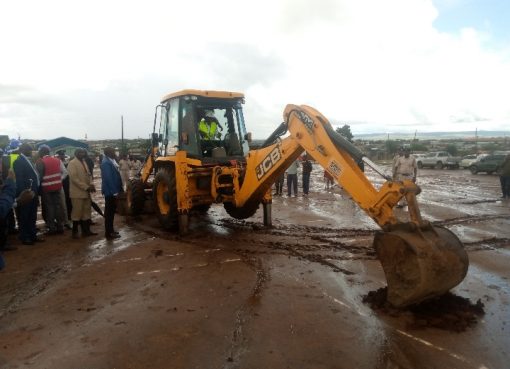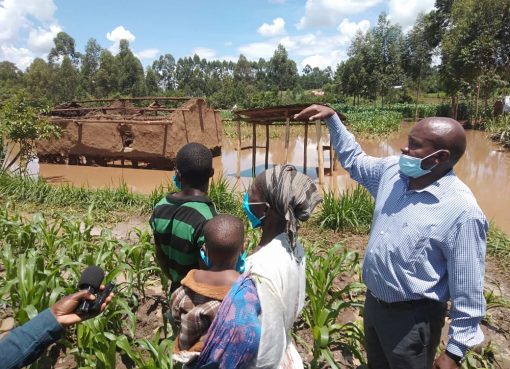The Lake Victoria Basin Commission (LVBC) has developed a new water release and abstraction policy to manage water levels in Lake Victoria.
The initiative which awaits a strategic environmental impact assessment to be undertaken is set to address the rising water levels in the world’s second largest fresh water lake.
The LVBC Executive Secretary (ES) Dr. Ali-Said Matano on Tuesday said at the moment the water levels in the lake are determined by the Agreed Curve principle which focuses mainly on the release and not so much on storage.
He said this was to blame for the current floods situation in Nyando and Budalang’i areas which has displaced thousands of households.
Dr. Matano said the new release and abstraction policy once in place shall ensure the catchment which is the main source of water causing river flooding and backflow from the lake is properly managed.
“Most of the waters emanating from the catchment areas are in form of runoffs which is the cause of flooding that we are seeing in Nyando, Bundalang’i and other areas,” he said.
With a well-managed catchment, he said runoffs will be minimized hence reduced floods while infiltration will be increased ensuring that rivers within the catchment have a regulated water flow.
The current water levels in some key parts of the Lake indicate a rise that was last witnessed in 1965 (1134.27 meters above mean sea level).
According to LVBC, an institution of EAC mandated to coordinate sustainable management and development of the Lake Victoria Basin, the current levels in Jinja (Uganda) is at 1135.8 metres above mean sea level while in Mwanza (Tanzania) it’s at 1134.28 and in Kisumu (Kenya) it’s at 1131.31 metres above mean sea level.
In a statement to the media on Tuesday, Dr. Matano observed that the rainfall within the Lake Victoria Basin (Burundi, Rwanda, Uganda, Kenya and Tanzania) is expected to continue which means more increase in inflows into Lake Victoria.
This was expected to push the water levels even higher, hence the need for those living in lower zones to vacate to avoid further disasters, he added.
Rainfall (precipitation) accounts for around 80 per cent of water in the lake with the remaining 20 per cent coming from drainage systems and rivers.
At the same time, Matano disclosed that Outflow is primarily from evaporation which accounts to 76 per cent (less than precipitation) and outflow into the Nile which accounts to 24 per cent (slightly more than what comes in from rivers).
“From the foregoing, it is apparent that precipitation (rainfall) is the main driver in determining the water levels in Lake Victoria. As such the long rainfall spell that we have observed from late last year and this year has contributed to the drastic rise in the water levels,” he said.
In Nyanza region, the backflow and floods has led to destruction of 7,500 hectares of rice at Ahero and West Kano irrigation schemes where over 8,000 households have been displaced.
The rising water levels have equally affected the lake’s shoreline sweeping through hotels and popular beaches.
By Chris Mahandara





